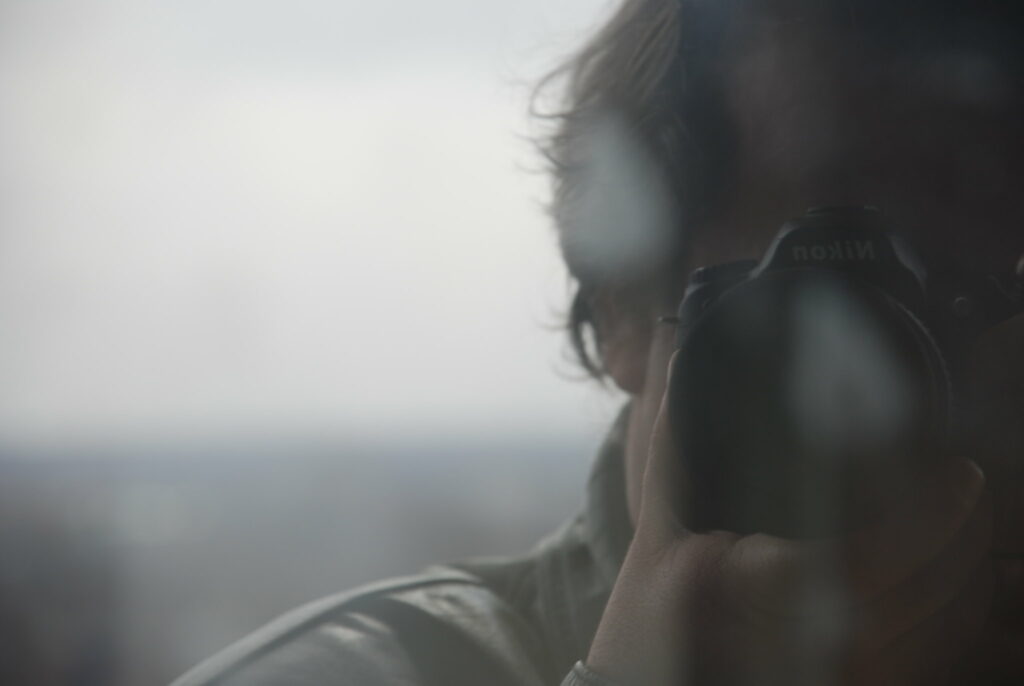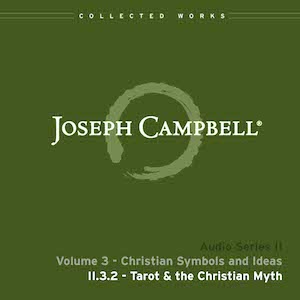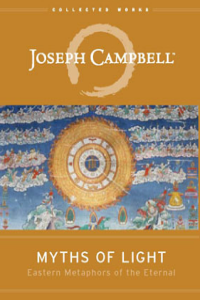The Hermit and Reflection
My first favorite hermit was Obi-Wan Kenobi, who came to the big screen in the early summer of ’77. I suppose I was drawn to the whole package, the whole iconography of this unusual figure cloaked in a deep-hooded, earth-toned mantle, thoughtfully discerning tracks in the sand to read the tales of events just-passed. There was something different to this character from the standard Hollywood heroes and heroines whose special abilities were more overtly rendered, more consistently on display. Obi-Wan seemed to possess an unfamiliar hidden power beneath all that quiet appearance and quiet action.
I recall the wonderful scene where he tells the stormtroopers (and with a simple wave of the hand) that they don’t need to see Luke’s identification, and the stormtroopers parrot back “we don’t need to see his identification”—even then it was clear that something was afoot. Luke, however, had not quite caught it: “I don’t understand how we got past those stormtroopers.” But didn’t you see him do that thing with his hand??? I wanted to blather, wide-eyed, as any ten-year-old amped on candy and movie-magic would.
Naturally, we played imaginal Star Wars that summer, all the kids running around exclaiming: “I’m Luke and I’m gonna get you with my starfighter” or “I’m Han Solo and I’m gonna shoot you with my blaster!” It was weird to me that nobody wanted to be the seasoned jedi, and so I never played Obi-Wan in our games and kept my fondness for this apparently less popular figure to myself—not unlike what a hermit might do in such situations: holding a quiet, personal space for oneself, which introduces a scale of hermitting: on the one extreme, something as simple as listening more than speaking in a social setting, or taking a Friday night off to read alone and not play Star Wars with the other faculty members in your department.
Read more
I think the influence of the hermit-figure can arise whether others are around or not. This approach helps make the content of the Hermit-card more applicable to our often less than isolated lifestyles. And it suggests that we aren’t necessarily obligated to engineer extreme productions of solitude that leave us shivering and alone, drifting through starlight on ice floes in the arctic sea. Nonetheless, extreme productions have extreme benefits: extreme balance, extreme composure, extreme presence. And if “extreme” sends up a red flag (as it probably should) then feel free to substitute with “very deep.”
The relationship between extreme/deep solitude and social-involvement is seen in the recently-enlightened man in the tenth image of the Zen Ox-Herding Pictures, who returns after a long solitude to walk transformed among the people of the village. However, to the others he appears unchanged and unremarkable—attributes which, like an immaterial cloak, preserve the integrity of his hard-won internal solitude, and the unique individuality of this one-of-a-kind, self-aware event moving through the masses, a part of the crowd but alone.
Fittingly, our word “alone” derives from the Old English eall-ana, being “all + one.” Hence the all one-ness of individuation (although it’s really two as one, or many as one, but that for another time). And with such comes the inevitable onset of “loneliness” (derived from the same root). Simply being aware of this etymological correlation (for me at least) makes the slow ache of loneliness more welcomed, if not more bearable, because I know I’m being deepened, soulfully enriched. And so concurrent with the pain, the healing virtues of individuation can be appreciated while the price is being paid.
To amplify our understanding of the hermit archetype, let’s look to the other, more extreme side of our scale, like living in a cave deep in the mountains or in a remote desert, like Obi Wan did. By the way, “hermit” descends from the Greek erimίtis or, literally, “desert.” The setting is important, especially for those who find it challenging to preserve their psychological status in the turbulent face and faces of society with their perpetual influx of projections. Hence, natural settings are ideal, removing their influence altogether.
As with all (or nearly all) things psychological, the hermit-stage is not a level slated for completion, to merely pass through and receive a nifty certificate or trophy to gather dust on a shelf. Rather, it is a stage to integrate, to carry and employ when contexts call for it. I prefer “stage” to “level” because it denotes a venue or environment within which one’s perspective is forced to shift to accommodate in order to competently navigate its terrain and conditions. Further, let’s keep in mind that our external environments are also reflections (to whatever degree) of our own internal, psychological environment. After all, if I’m pulled over in the middle-of-nowhere with a flat tire and without a spare, how miraculous and lovely is that epic sunset?
Either way, a shifted perspective indicates a psychological transformation, whether great or small. Shifted perspectives are both the catalysts for, and the effects of, being transformed. To this point, the hermit card’s number is nine. Much can be said of nine, but for now I’ll only highlight that it’s the number of months (or etymologically, “moons”) it takes a human being to gestate in the womb from conception to its own autonomous body. The moon is a great symbol of transformation, perpetually waxing and waning from nothing to fullness and back again. Furthermore, it symbolizes reflection, which is precisely what makes it visible to us in the first place. Similarly, the business of the hermit is reflection, whether by meditation or mindfulness or what-have-you.
If we look into the “environment” that surrounds the hermit-figure in the Rider-Smith-Waite deck as being also the metaphorical representation of his perspective, we see that the moon is present, albeit implied, latent in that environmental property called color. Perhaps more so than any other component of an image, color bears the message of tone, the message of “mood,” reflected in shades and hues, in degrees of dimness and brightness. Never quite pure white, but rather in off-whites, greys and blues as rendered in the card: the snow-clad mountaintops; the subdued, gently illumined, steel-blue atmosphere; even the grey of the hermit’s cloak and beard.
In fact, nothing in the environment is not of a moonlike color with the exception of the bright gold lantern (consciousness/sun) that he bears along with the similarly golden staff, grounding that consciousness back down into matter-earth, down into the body—a narrative which provides us with the instructions for (and the direction of) reflection.
 Yours,
Craig Deininger
Yours,
Craig Deininger
Weekly Quote
The mythogenetic zone today is the individual in contact with his own interior life, communicating through his art with those “out there.”
Featured Video
News & Updates
In this episode, John Bucher, Executive Director of the Joseph Campbell Foundation sits down with Heather Hamilton. Heather is the Bestselling Author of Returning to Eden: A Field Guide for the Spiritual Journey. She has appeared on television and radio programs, including NPR. Heather received her B.A. in Journalism from Georgia State University and spent many years doing video production before discovering her love of writing. After filming and editing stories with people from all over the world—celebrities, orphans, religious leaders, royal family members, political figures, and everyday people—Heather recognized the common threads and themes intertwining all humans across religions, cultures, classes, and demographics. She is passionate about fostering human connection through storytelling, writing, art, and exchanging ideas. Heather lives in Atlanta with her husband and three children. You can find her work at www.ReturningtoEden.com
Featured Work
Myths of Light
This previously unpublished title brings the focus of Campbell’s remarkable knowledge and intellect to one of his favorite topics: the myths and metaphors of the Asian religions. By his own account, Joseph Campbell began his comparative study of the world’s religions with a chance meeting with the renowned Indian Theosophist Jeddu Krishnamurti on a trans-Atlantic steamer.
Though he was deeply fascinated by mythologies and religions from every continent, Campbell’s imagination was most captured by Asia’s potent mix of theologies as they offered him paths to understanding the essence of myth. Readers who have been waiting for an accessible summation of Campbell’s insights into the great Asian traditions will have it in this compact volume.
Find a copy at your favorite online retailer
Subscribe to JCF’s email list to receive a weekly MythBlast newsletter along with occasional news and special offers from JCF.






